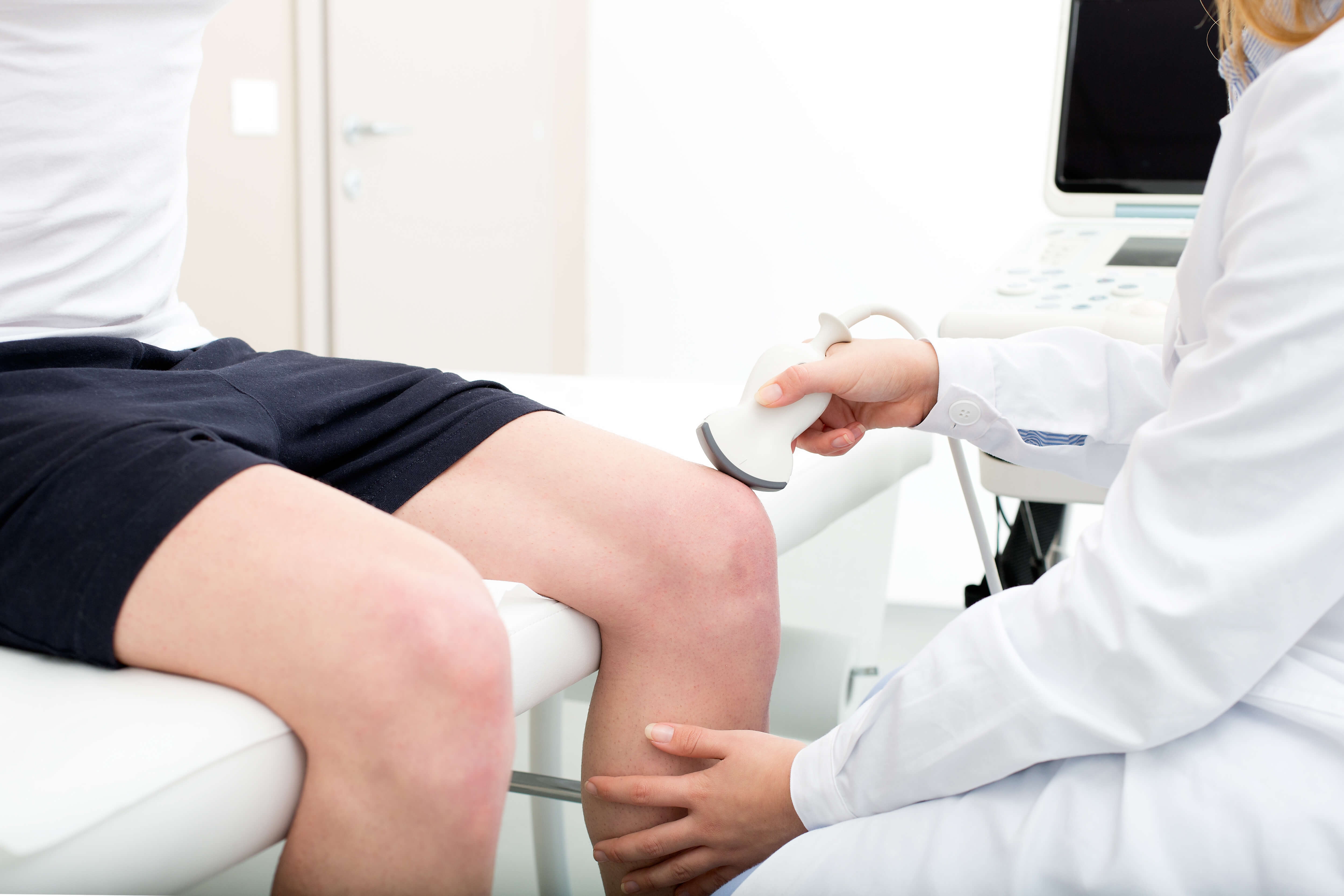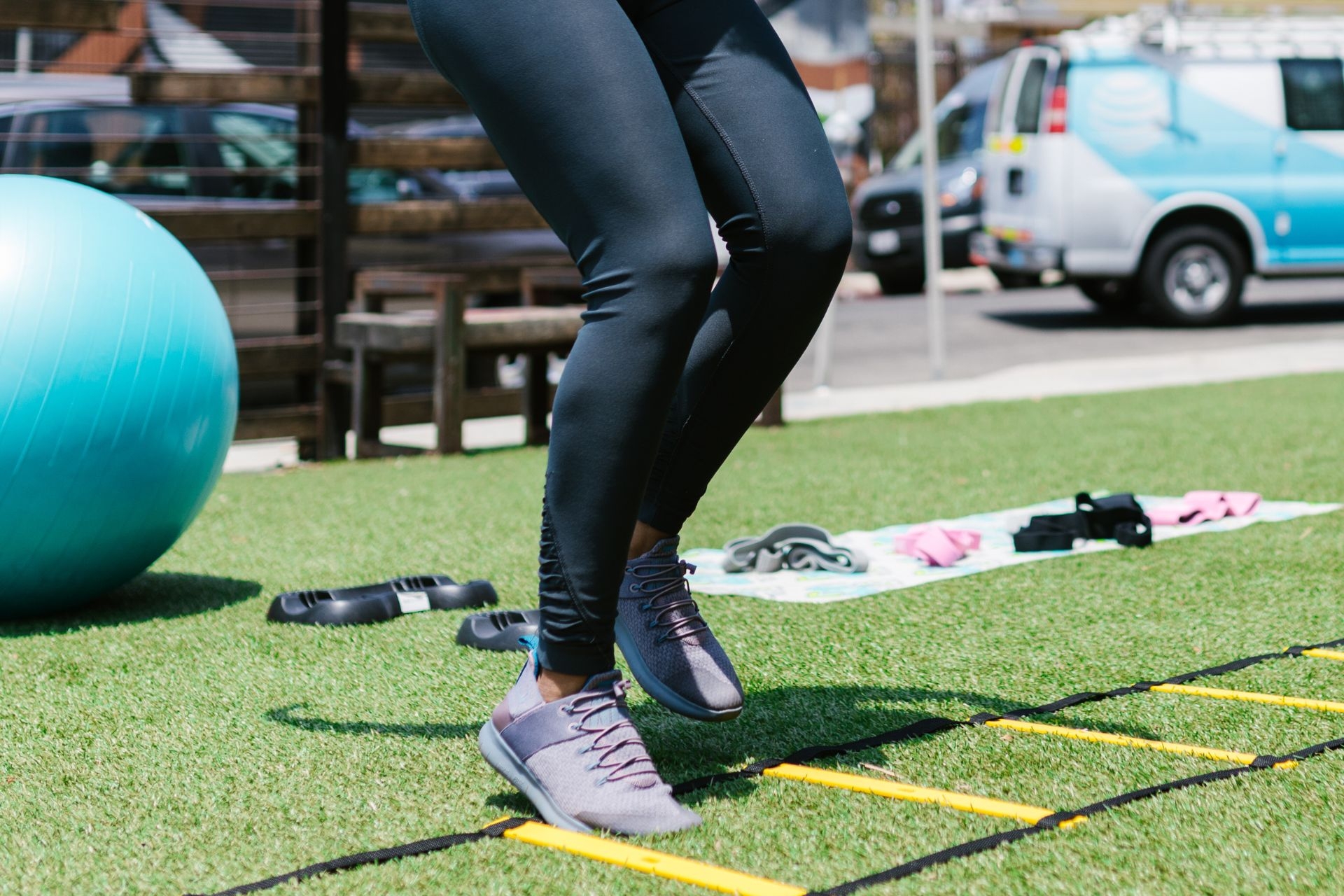Muscle Imbalances
How can muscle imbalances affect posture and lead to back pain?
Muscle imbalances can significantly impact posture and lead to back pain by causing certain muscles to become tight and overactive while others become weak and underactive. This imbalance can result in poor alignment of the spine, putting excess strain on the muscles and joints of the back. Over time, this can lead to chronic pain and discomfort, as well as an increased risk of injury.
Musculoskeletal Assessment and Physical Therapy



